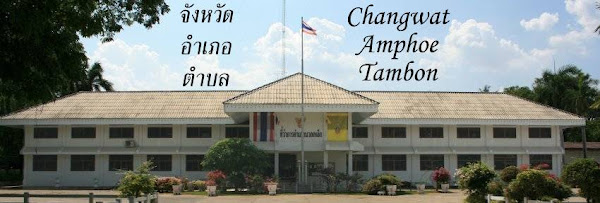Village 10, Don Cheetuan, Dok Khamtai, Chiang RaiObviously, Dok Khamtai district in Phayao province is meant, which already gives the first confusion as that is not in Chiang Rai. That's simply because Phayao province was created in 1977, two years after her birth, so at that time the district was still part of Chiang Rai province.
When looking through the list of subdistrict in Dok Khamtai, there is no Don Cheetuan, the only one which is somewhat similar in name in Don Si Chum. Its name is similar enough to explain Cheetuan as a very badly translation/transcription of Si Chum, and its the only subdistrict starting with Don in all of Phayao province. It also fits as the subdistrict was created in 1972 by splitting off 12 administrative villages from Dok Khamthai subdistrict [Gazette]. Thus the place she should look for is Ban Bun Charoen (บ้านบุญเจริญ), Mu 10 of Don Si Chum - isn't it?
Sadly, it isn't that easy, because the village numbers are not stable identifiers for a location. Not only are administrative villages split when they grow to much populous, what makes it even moire difficult to identify a village is the fact that whenever a new subdistrict was created, the villages in the original subdistrict got renumbered to keep them as a list without holes.
Don Si Chum was split two times, in 1976 San Khong was formed out of three villages from Don Si Chum and another three from Ban Tham [Gazette], and in 1992 eight villages were split off to form Sawang Arom subdistrict [Gazette]. While in many of the Royal Gazette announcements on subdistrict creation the number changes are listed, only since 1993 this is included usually - and for both announcements relevant here it was omitted. Also, usually the village are only referenced by their number, the name is only very rarely added, so the present-day names of the villages are of no help.
When renumbering the villages, there are two possible schemes - either keep the original order and shift all the villages starting with the first hole in the list. Or fill the holes by renumbering only the villages with highest numbers, which has the advantage that less villages get a new number.
If the first renumbering scheme was used, then it would be easy to tell the new number of the village - the original village 10 would now be number 5, Ban Don Lek (บ้านดอนเหล็ก). But I guess the second scheme is the one more likely here. In 1976, the villages 4, 6 and 11 were split off, and assuming that there were still 12 villages in the subdistrict then, the most likely renumbering would have been
- Mu 9 becomes Mu 4
- Mu 10 keeps its number
- Mu 11 becomes Mu 6
All of the guesswork can only be solved when checking with the full government records, which hopefully the Kamnan or the district office can provide. Or maybe some older people living in the area all their life can remember how the Muban numbers changed. Only other source I could think of are old issues of the Local Directory from the years between 1974 and 1992, which might be found in university libraries in Bangkok. How much easier it would have been if the Muban always kept their numbers...

